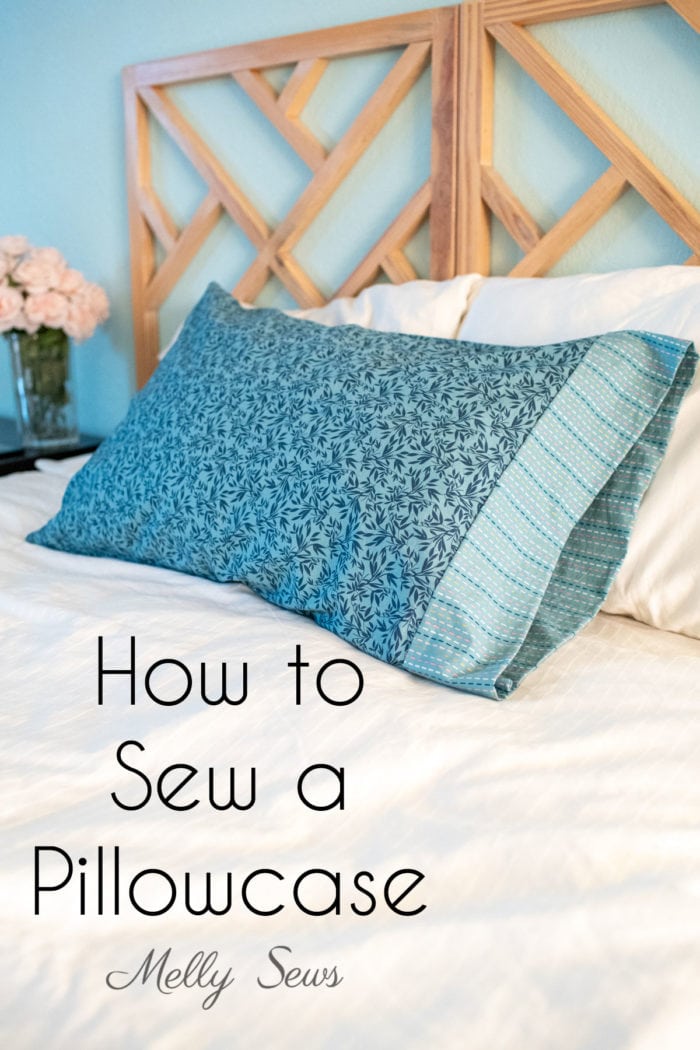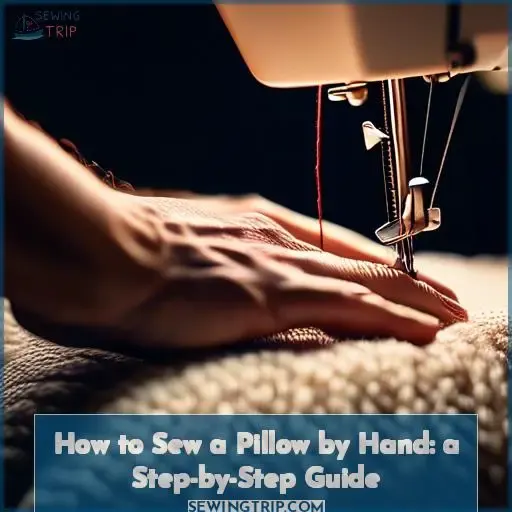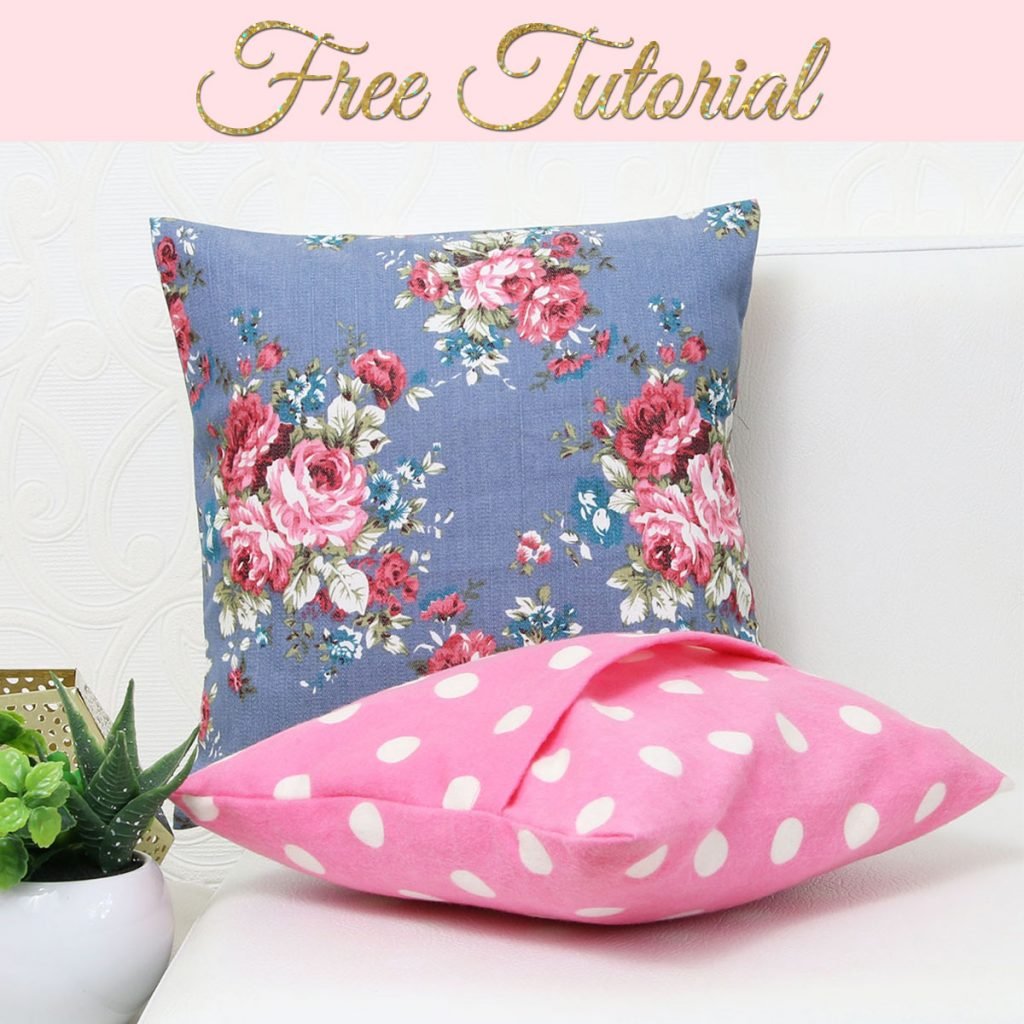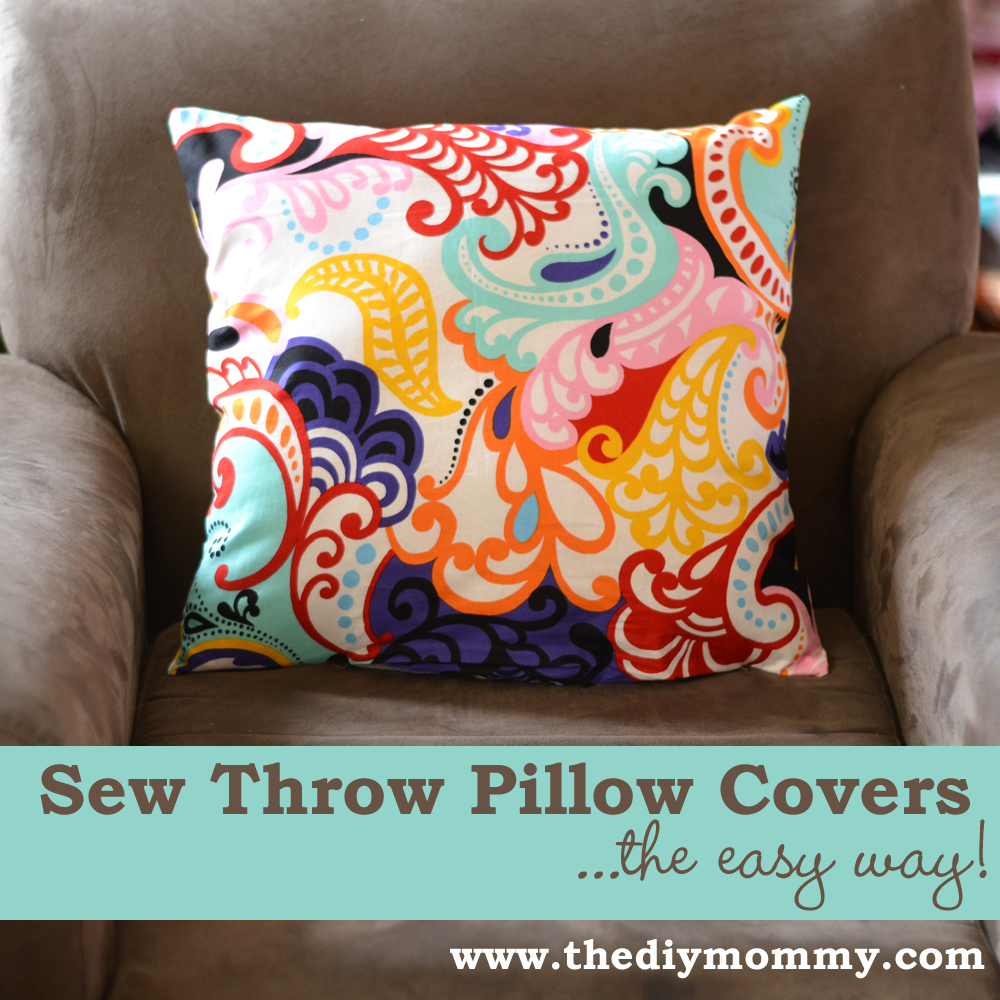How To Make Pillows By Hand

Sunlight streams through the window, illuminating dust motes dancing in the air above a cozy corner. A worn, patchwork quilt is draped over a rocking chair, and nearby, a basket overflows with vibrant fabrics – scraps of floral prints, soft corduroys, and smooth, colorful cottons. A half-finished pillow, plump and inviting, rests on a nearby table, a testament to the quiet satisfaction of creating something beautiful and useful with your own two hands.
This article will guide you through the simple yet rewarding process of crafting your own pillows, transforming fabric scraps and fluff into personalized comfort for your home. Discover the joy of hand-sewing and the satisfaction of adding a touch of handmade charm to your living space.
The Allure of Handmade Pillows
In a world of mass-produced goods, the act of creating something by hand offers a unique sense of accomplishment. Handmade pillows are more than just decorative accessories; they are tangible expressions of creativity and personal style.
They provide a creative outlet, a mindful activity that allows you to disconnect from the digital world and reconnect with the simple pleasures of making. And, according to a 2023 study by the Craft & Hobby Association, participation in crafting activities has increased by 15% in the last five years, suggesting a growing appreciation for handmade goods.
Gathering Your Supplies
Before you begin, you'll need to gather a few essential supplies. These are readily available at most craft stores or even from repurposing items you already have at home.
Fabric Selection:
The choice of fabric is crucial. Cotton, linen, and canvas are popular choices for their durability and ease of sewing.
Consider the color and pattern of the fabric to match your existing decor or to create a bold statement. Don’t be afraid to mix and match different textures and prints for a unique and eclectic look.
Filling Options:
Pillow filling options are diverse, each offering a different level of firmness and support. Polyester fiberfill is the most common and affordable choice, known for its softness and resilience.
Buckwheat hulls provide a firmer, more supportive feel, while down and feathers offer luxurious softness. Repurposed materials, such as old clothing or fabric scraps, can also be used for an eco-friendly option.
Essential Tools:
You will need a few basic sewing tools to complete your project. These include scissors, a measuring tape, pins, a needle, and thread.
A sewing machine can expedite the process, but hand-sewing provides a more intimate and meditative experience. Use a durable thread that complements your fabric choice.
Step-by-Step Guide to Hand-Sewing a Pillow
Now that you have gathered your supplies, let's begin the process of hand-sewing your pillow. Follow these simple steps to create a beautiful and functional addition to your home.
Cutting the Fabric:
Decide on the desired size of your pillow. Add an inch to each side for seam allowance.
Cut two identical squares or rectangles of fabric according to your measurements. Use a rotary cutter and a cutting mat for precise cuts, or simply use scissors and a ruler.
Pinning the Fabric:
Place the two pieces of fabric right sides together. Pin along all four edges, leaving a 6-inch opening on one side.
Ensure the pins are evenly spaced and perpendicular to the edge of the fabric to prevent shifting during sewing.Sewing the Seams:
Using a simple running stitch or a back stitch, sew along the pinned edges, leaving the designated opening unsewn. A back stitch is recommended for its strength and durability.
Remove the pins as you sew. Be sure to secure your stitches at the beginning and end of each seam to prevent unraveling.
Turning and Filling:
Carefully turn the pillowcase right side out through the opening. Use a point turner or a chopstick to gently push out the corners for a crisp, clean finish.
Begin filling the pillowcase with your chosen filling. Add the filling gradually, fluffing it as you go to ensure even distribution and prevent lumps.
Closing the Opening:
Once the pillow is filled to your desired firmness, fold the raw edges of the opening inward. Pin the opening closed.
Using a blind stitch or a slip stitch, carefully sew the opening closed. This will create an invisible seam for a professional-looking finish.
Adding Personal Touches
Once your pillow is complete, consider adding personal touches to make it truly unique. Embellishments can elevate your creation from a simple pillow to a statement piece.
Embroidery and Appliqué:
Embroidery adds texture and detail, allowing you to personalize your pillow with monograms, floral designs, or geometric patterns. Appliqué involves attaching fabric shapes to the pillow surface, creating a layered and visually interesting effect.
Consider incorporating felt, ribbon, or lace for added dimension. These techniques can be as simple or complex as you desire, allowing you to express your individual style.
Buttons and Beads:
Buttons and beads can be used to add a touch of sparkle and whimsy to your pillow. Sew buttons along the edges for a decorative border, or create intricate patterns with beads.
Use a strong thread and a needle suitable for beads to ensure they are securely attached. Remember to consider the placement and color of your embellishments to create a cohesive design.
Fabric Painting and Stenciling:
Fabric paints and stencils offer a quick and easy way to add designs to your pillow. Create custom patterns or replicate existing designs for a coordinated look.
Use fabric-specific paints and follow the manufacturer's instructions for best results. Heat-setting the paint will ensure its durability and prevent fading.
Caring for Your Handmade Pillows
Proper care will extend the life of your handmade pillows. Follow these tips to keep them looking their best for years to come.
Spot clean spills and stains immediately with a mild detergent and a damp cloth. Avoid harsh chemicals or abrasive cleaners, which can damage the fabric.
For machine-washable pillows, use a gentle cycle and cold water. Tumble dry on low heat or air dry to prevent shrinking or damage to the filling. Consider using a pillow protector to shield against stains and wear.
The Enduring Appeal of Handmade
The act of creating by hand fosters a connection to the past, honoring traditions of craftsmanship and resourcefulness. In a world dominated by fleeting trends, handmade items possess a timeless quality and a unique story to tell.
According to a 2022 report by Etsy, sales of handmade and vintage items continue to rise, indicating a growing consumer demand for unique and sustainable products. Handmade pillows are more than just decorative accessories; they are symbols of individuality, creativity, and a conscious choice to embrace the beauty of the imperfect.
As you stitch the final seam of your handmade pillow, take a moment to appreciate the journey. The transformation of fabric scraps into a tangible object of comfort and beauty is a testament to the power of human creativity and the enduring appeal of handmade.

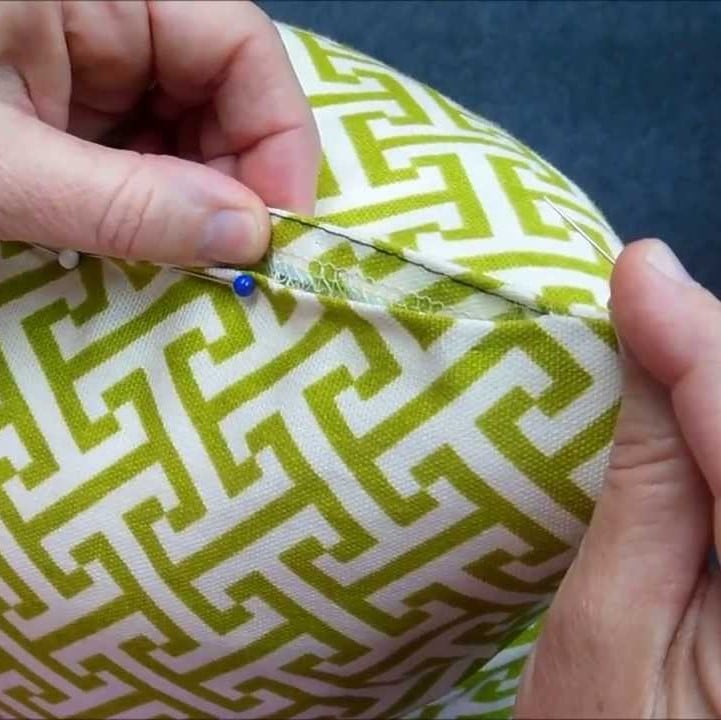


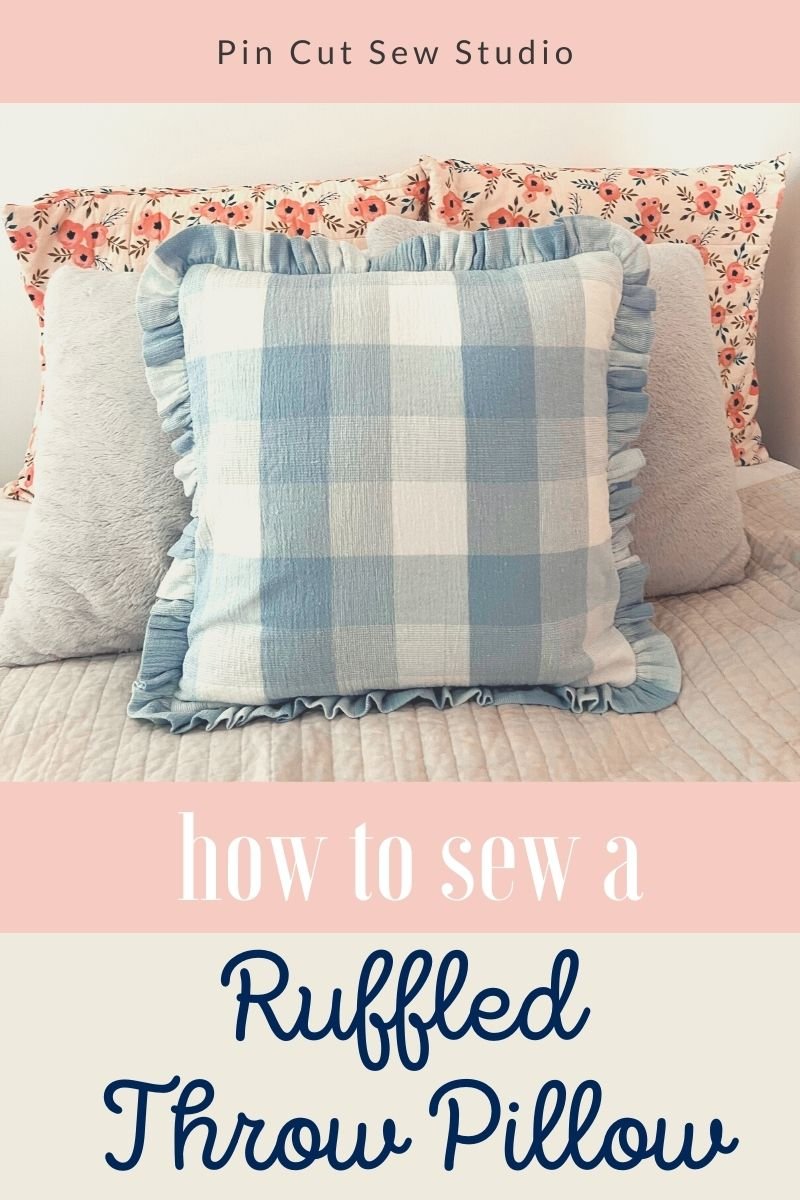.jpg)
